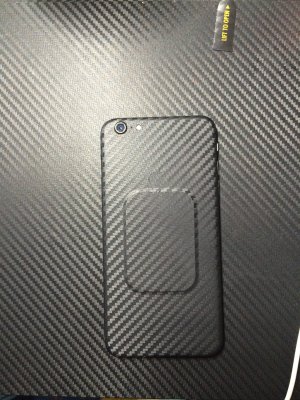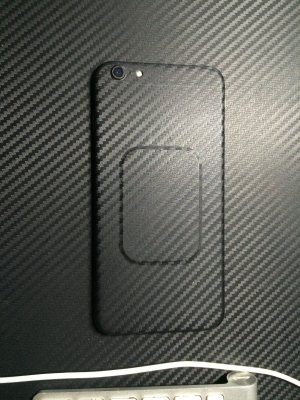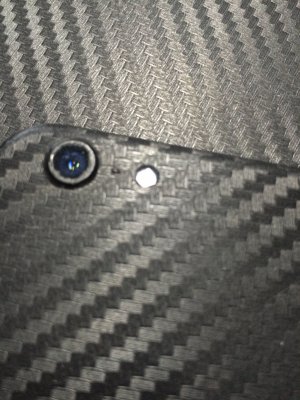I have to agree with Max.
Think about this:
As we don't know the full composition of magnesium alloy, lets' just assume it is full magnesium, as it mostly that.
-> Would you prefer a Surface device that has the same shape and form as now, but in aluminum but because of this is 33% heavier? (magnesium is around 33% lighter than aluminum)
If we look at the Surface Pro 2. A big complaint about the device is that it is too heavy, and I mean to a point that people didn't considering the system for purchase as it was too heavy for usage as a tablet. So, the Pro 3, which has near identical hardware as the Pro 2 rev 2, was made lighter by using 1 fan/heatsink, instead of 2. The Pro 3 faces with throttling problem, while the Pro 2 you can push it hard, and beside a warm system, it is a-ok. The Pro 3 sold like hot cakes compared to the Pro 2, despite the issue with performance.
Basically copper is heavy, and by cutting the cooling power of the device by half almost, the device is now much lighter and that is what people want, even though it meant throttling issues, which you would think would be an issue with consumers. But nope!
My point is that Microsoft does a lot of marketing research in knowing how to design the next product, and weight is a HUGE factor.
Apple can get the light weight it needs, because the whole system is essentially a phone. And the larger back side is used as a heatsink, and can afford a bit faster processor version of the iPhone. Because the circuitry is tiny, and the CPU is weak in performance as it only cares about running mobile apps, with a light weight, simple OS, it doesn't need a large battery.
Sadly, the Surface runs full blown Windows. And that means it needs a full computer, and a power hungry CPU.
However, we now have the Core M CPU, which is powerful, yet power efficient. Of course, it is no wear near a Core i5 U series CPU performance, but faster than Atom. So yes, if Microsoft uses a Core M CPU, that would allow for smaller battery. However, Microsoft focuses the Surface line as a powerful unit, that is why it avoids using Intel Y series. If you want a light weight Core M series, then look at many OEMs offerings. That is why they all focus on that.
But I just contradicted myself. I said that performance doesn't matter, weight does, and now with the Core M, it is the reverse... Whhhaaaaa?
Let me take a step back. People like the Core i5/7 U series as it is faster than Core M, even if we consider the Surface Pro 3 cooling solution. Because, most people don't play games on their Surface Pro's. They only want/need burst of performance, and that the Core i5/i7 U series does deliver despite the not so great cooling of the Pro 3. And that is why the throttling issue was not an issue with most of its users.
So in others words, it is a delicate balance. The cooling of teh Pro 4 is better than teh Pro 3, as it is larger (and heavier), but the battery allows to be a bit smaller as the system is more power efficient.
Will one day Microsoft do the switch? Probably. But now the company has been known, or I should say branded as magnesium color system, much like you think Apple when you think aluminum device.



